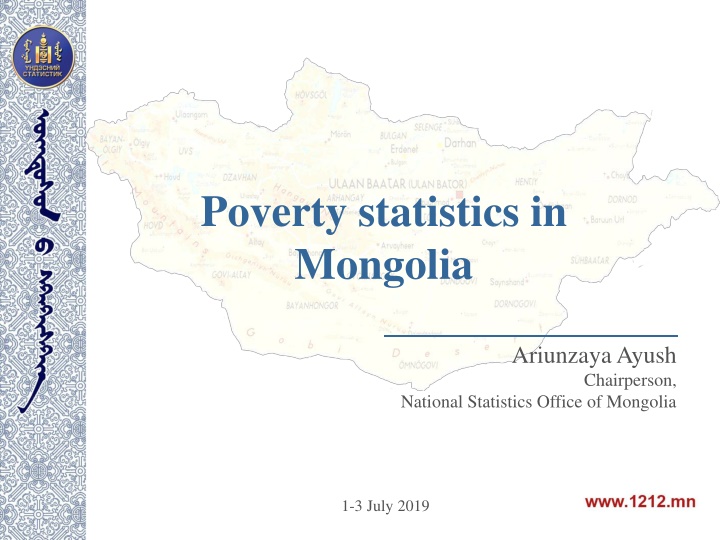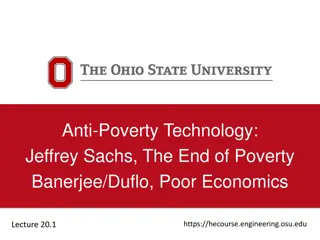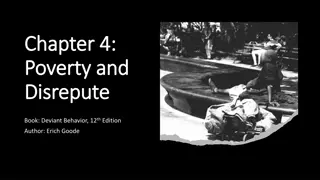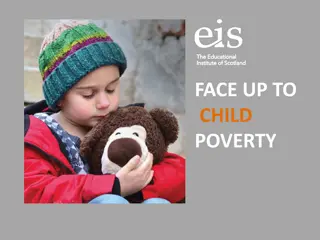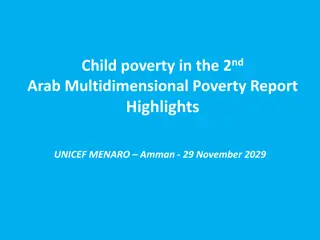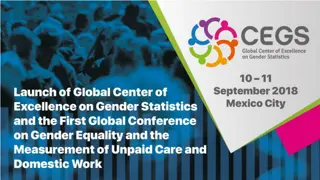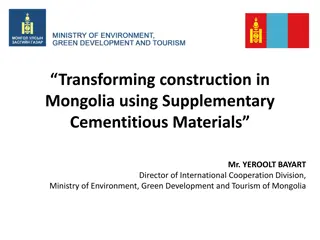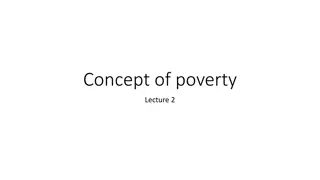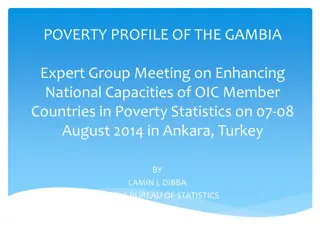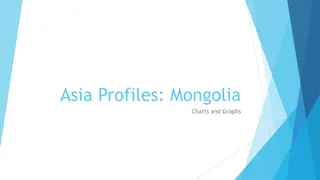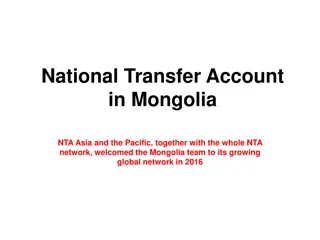Poverty Statistics in Mongolia: Current Trends and Challenges
Official statistics on poverty in Mongolia from the National Statistics Office covering methodology, trends, multidimensional aspects, and challenges faced in data collection and monitoring. The data highlights the need for cooperation, funding, and improved statistical capacities to address poverty effectively in the country.
Download Presentation

Please find below an Image/Link to download the presentation.
The content on the website is provided AS IS for your information and personal use only. It may not be sold, licensed, or shared on other websites without obtaining consent from the author.If you encounter any issues during the download, it is possible that the publisher has removed the file from their server.
You are allowed to download the files provided on this website for personal or commercial use, subject to the condition that they are used lawfully. All files are the property of their respective owners.
The content on the website is provided AS IS for your information and personal use only. It may not be sold, licensed, or shared on other websites without obtaining consent from the author.
E N D
Presentation Transcript
Poverty statistics in Mongolia Ariunzaya Ayush Chairperson, National Statistics Office of Mongolia 1-3 July 2019
Contents 1. Current situation of poverty in Mongolia - Official methodology of poverty estimation - Poverty situation of Mongolia Global tendency of poverty estimation - Multidimensional poverty - Future objective 2.
OFFICIAL METHODOLOGY OF POVERTY ESTIMATION NSO estimates poverty level of Mongolian population using Consumption-based method Source Every 2 years Expanded survey Sample size - 16488 households Household Socio- Economic survey
POVERTY SITUATION OF MONGOLIA 1. Poverty trend, 2010-2018 percent Thousand person 50.0 1200.0 1030.6 1000.0 907.5 904.9 40.0 756.3 38.8 800.0 634.0 30.0 29.6 600.0 28.4 27.4 20.0 21.6 400.0 10.0 200.0 0.0 0.0 2010 2012 2014 2016 2018 Poverty headcount Number of poor people
MULTIDIMENSIONAL POVERTY Goal 1. End poverty in all its forms everywhere Sustainable development goals Goal 10. Reduce inequality within and among countries In order to monitor the indicators of these goals of the SDG, Multi-dimensional poverty index needs to be estimated in every country. Mongolian Multi-dimensional poverty index is estimated by independent individual researchers for Mongolia and put in National Human Development Report (HDR).
MULTIDIMENSIONAL POVERTY Multiple indicator cluster survey, 2010 Social indicator sample survey, 2013 Source Indicators Multiple indicator cluster survey, 2010 Social indicator sample survey, 2013 Year of schooling (16.7%) Year of schooling (16.7%) Global MPI 10 indicators Education (1/3) Education (1/3) School attendance (16.7%) School attendance (16.7%) Nutrition (16.7%) Nutrition (16.7%) Health (1/3) Health (1/3) Child mortality (16.7%) Child mortality (16.7%) Electricity (4.76%) Electricity (5.56%) Clean drinking water (5.56%) Sanitation (5.56%) Cooking fuel (5.56%) Floor (5.56%) Asset (5.56%) Clean drinking water (4.76%) Sanitation (4.76%) Cooking fuel (4.76%) Floor (4.76%) Asset ownership (4.76%) Use of dirty heating (4.76%) Standard of living (1/3) Standard of living (1/3) 11th indicator
Identified challenges for the NSO Coordination challenge: MPI needs data from different government ministries. Need to organize discussion on selecting indicators between multi-stakeholder group at the policy level. Funding challenge: Development cooperation partners need to provide support in building statistical capacities. Monitoring challenge: MPI requires high quality statistics. Monitoring and evaluation needs to be improved. The some of the selected indicators cannot express Mongolian conditions, thus, there is high MPI. Specific challenges nomadic life
These challenges in constructing MPI require a change on three levels: The expanded data ecosystem includes new actors, new technologies and new opportunities Current CD approaches are providing assistance to each of those levels The emerging approach Capacity Development 4.0 developed by PARIS21 promotes a different starting point from traditional approaches to capacity development CD 4.0 entails three distinct features people, organisations and the enabling environment and that the capacity of all three needs to be fostered Mongolia s current NSDS expires on 2020, the new version needs to be aligned with the SDGs and the need for a MPI.
FURTHER WORK National Statistics Office of Mongolia with assistance from Asian Development Bank is implementing the project related to SDG. Development of Multidimensional Poverty Index methodology is included as one part of the project. In the framework of this part, international consultancy service, discussion sessions, pilot estimation and other activities are planned. Currently, this project is on planning stage. For Mongolia, creating data sources for estimating the Multidimensional poverty index is fully achievable. 1. In 2020, Household Socio-Economic Survey will be conducted in expansive manner, thus, necessary additional indicators can be included.
FURTHER WORK 2. During 2019 and 2020, NSO will conduct Survey on nomadic households in remote rural areas jointly with World Bank. From this survey, some necessary indicators can be selected for pilot estimation. 3. NSO is expanding and integrating its Population and household database with other administrative database /social insurance, social welfare, education, health, asset, auto transportation etc./. Once integration is complete and we can estimate from the database. In 2019, indicators and sources will be selected pilot estimation for Multidimensional poverty index with reflection of peculiarity of Mongolia. In 2020, methodology is planned to developed and approved.
THANK YOU FOR YOUR ATTENTION.
